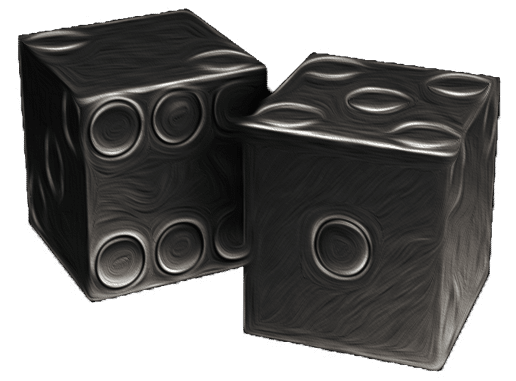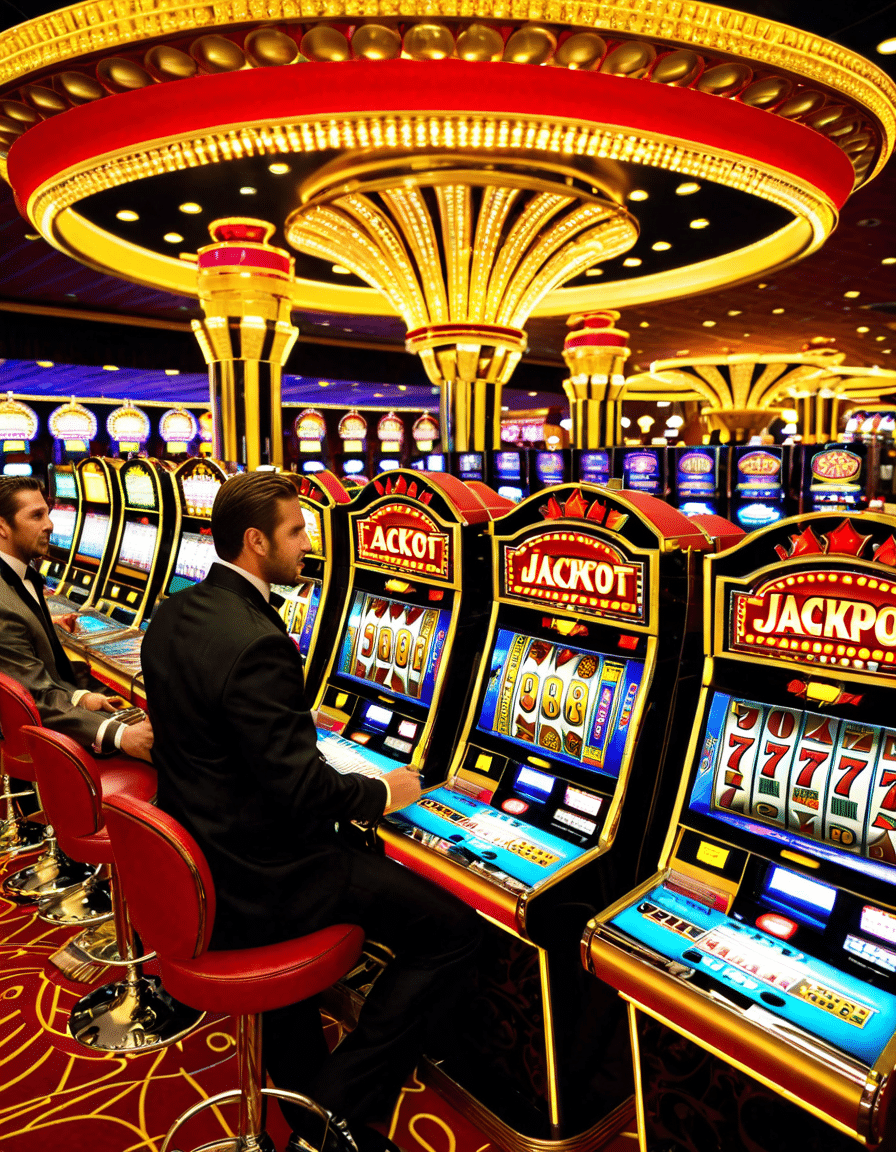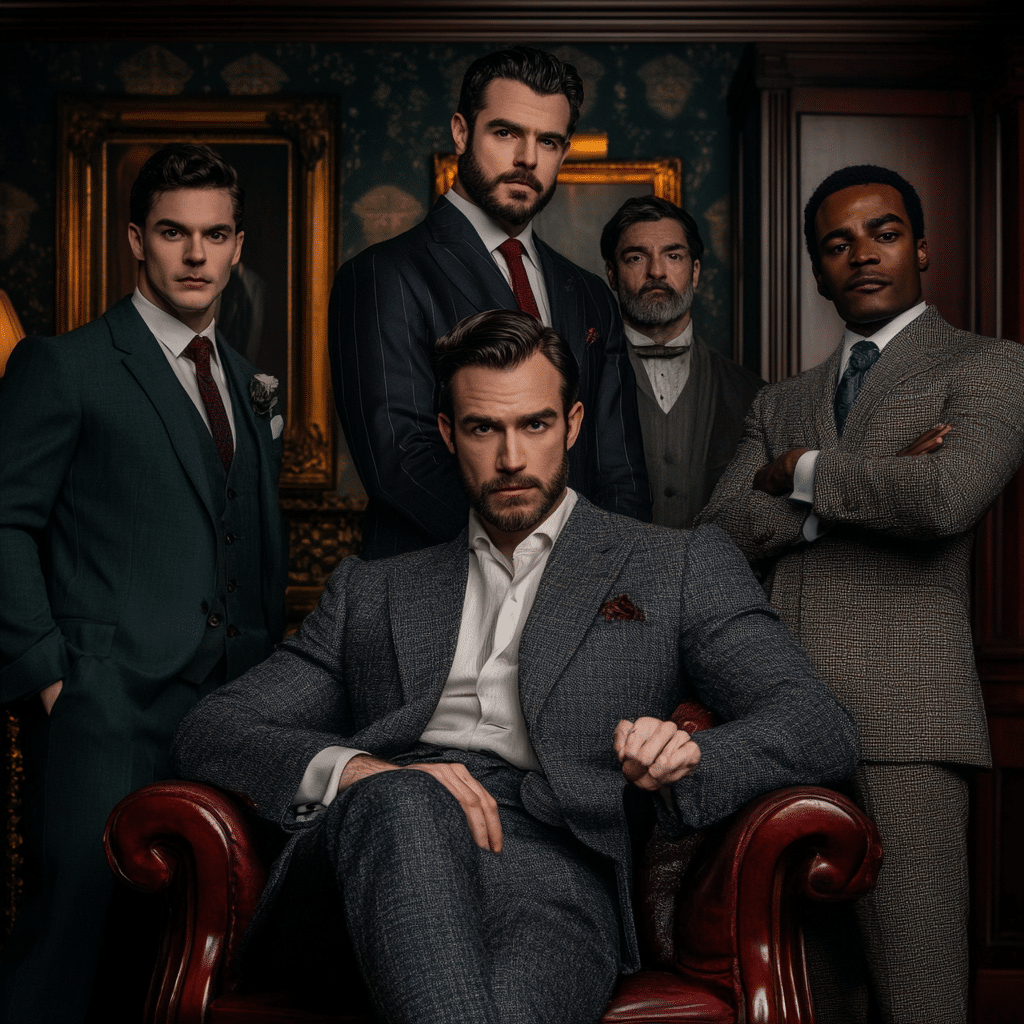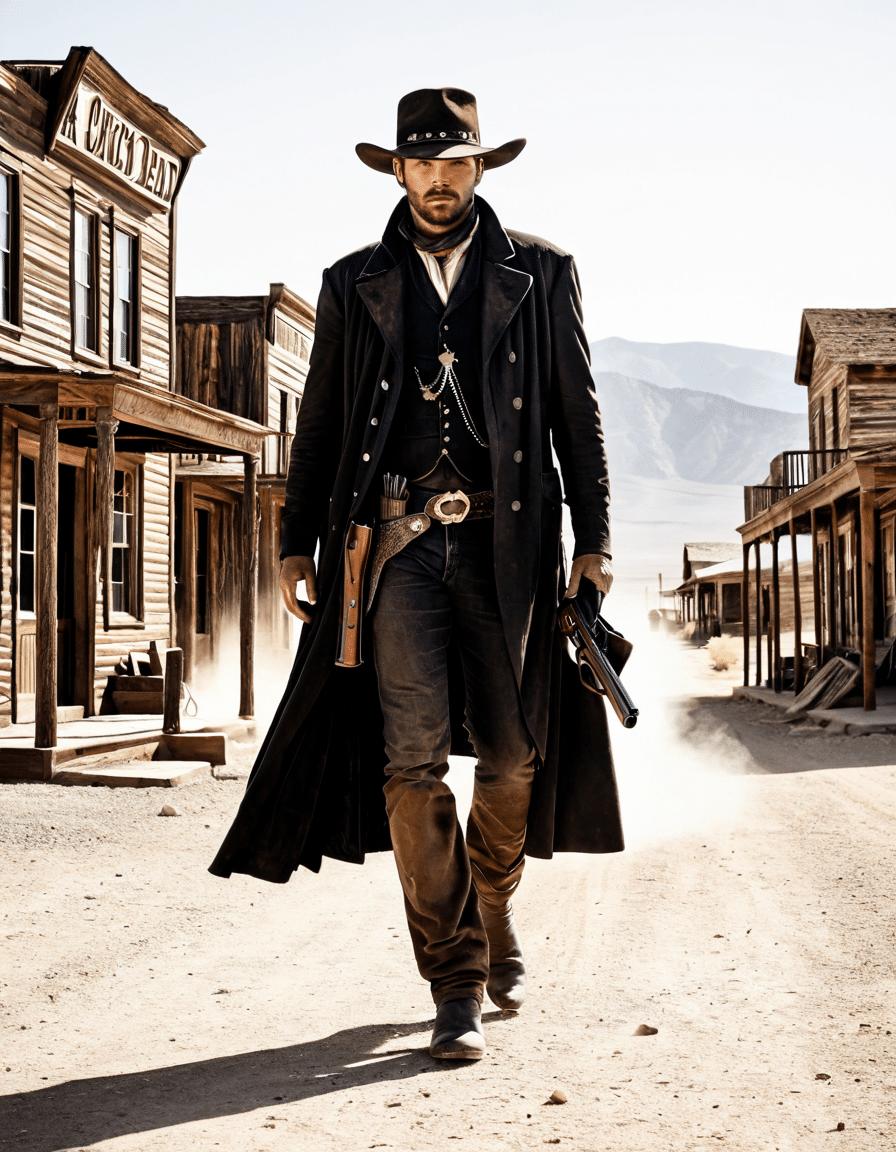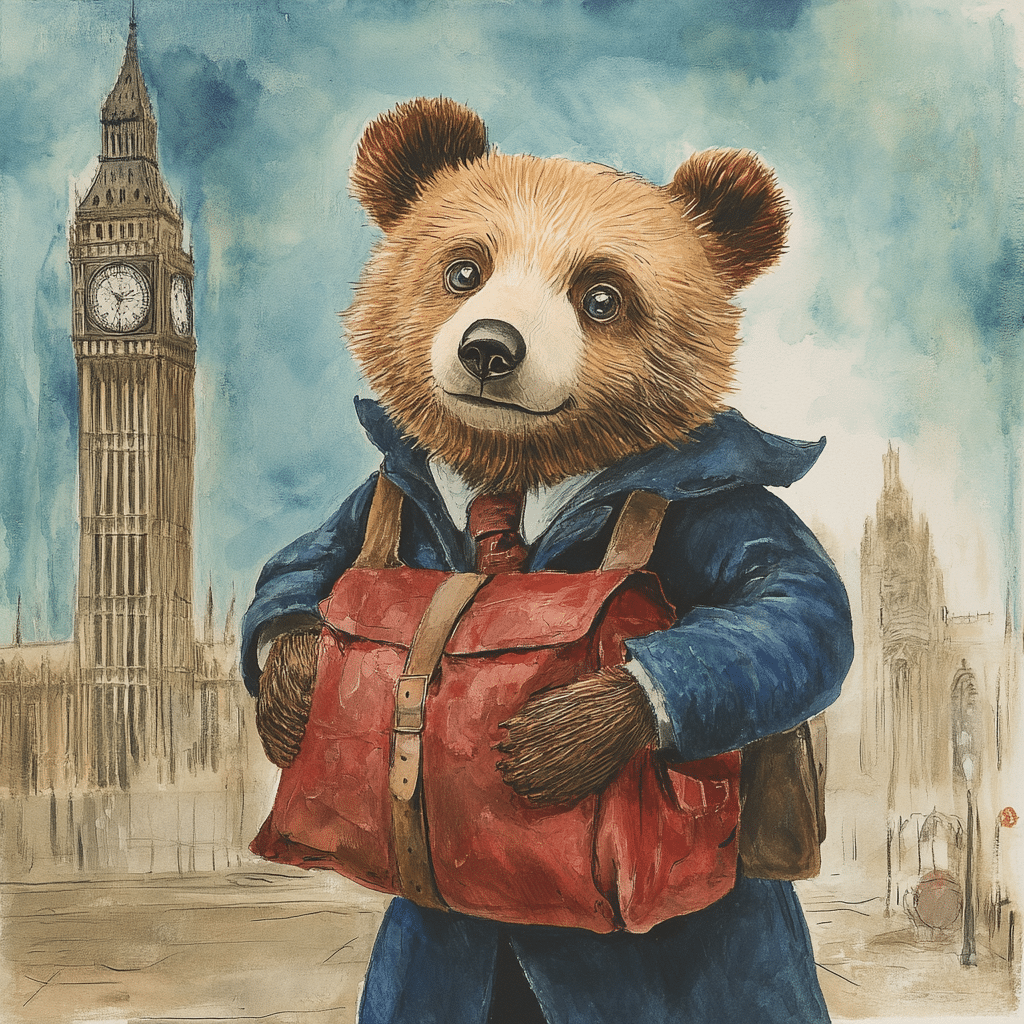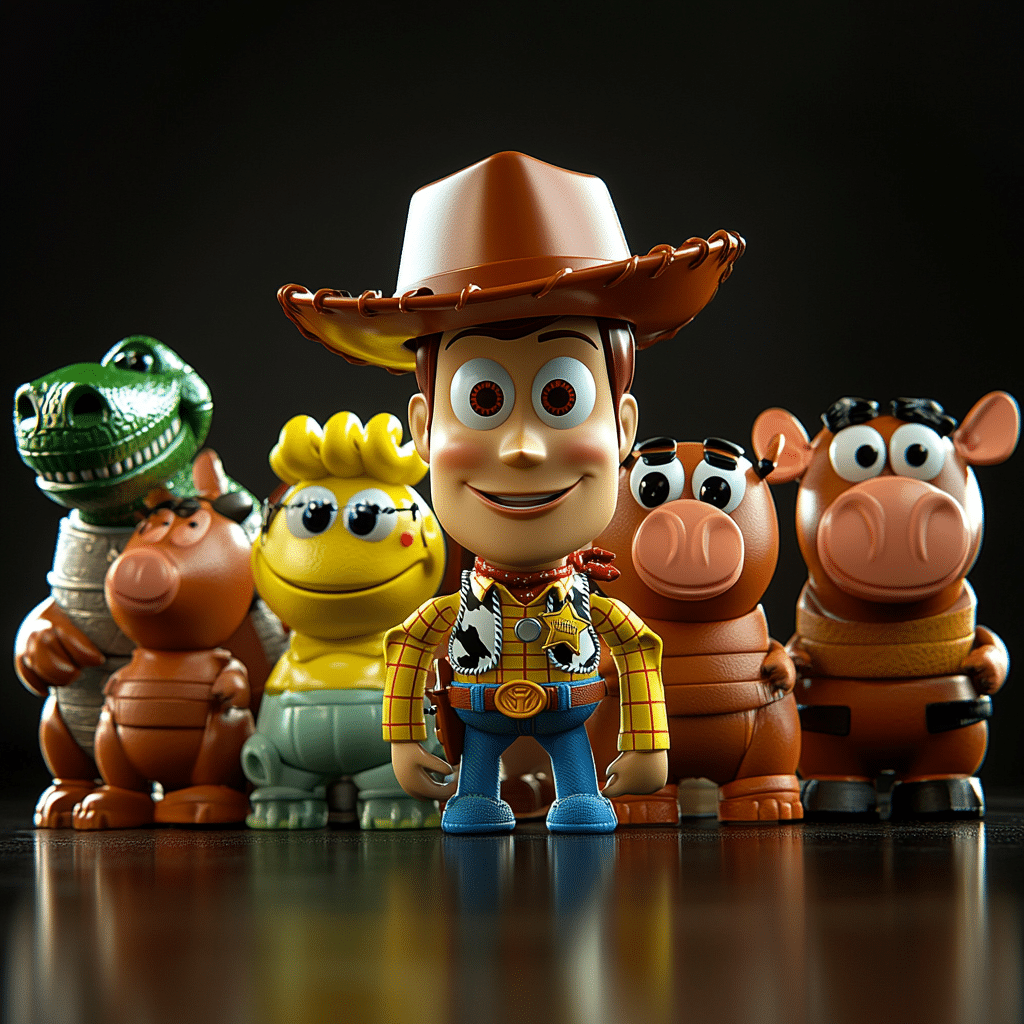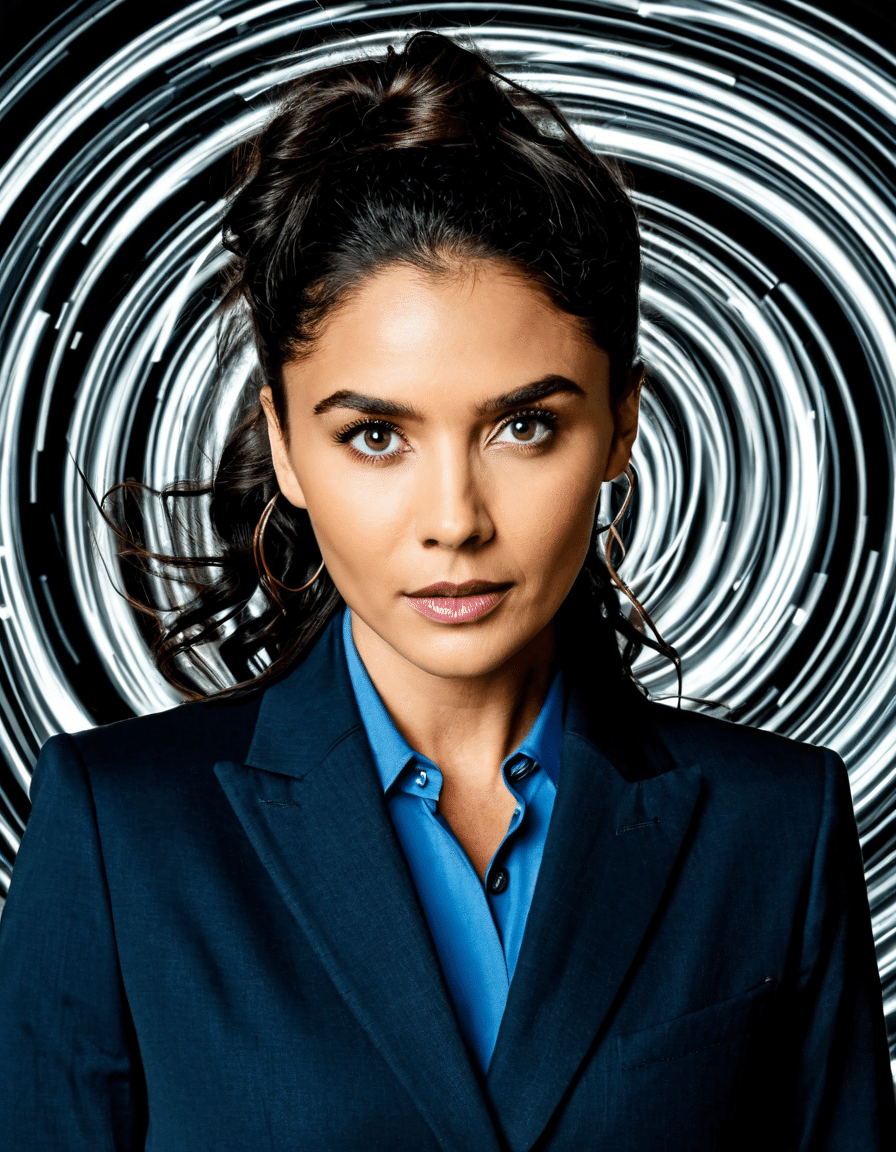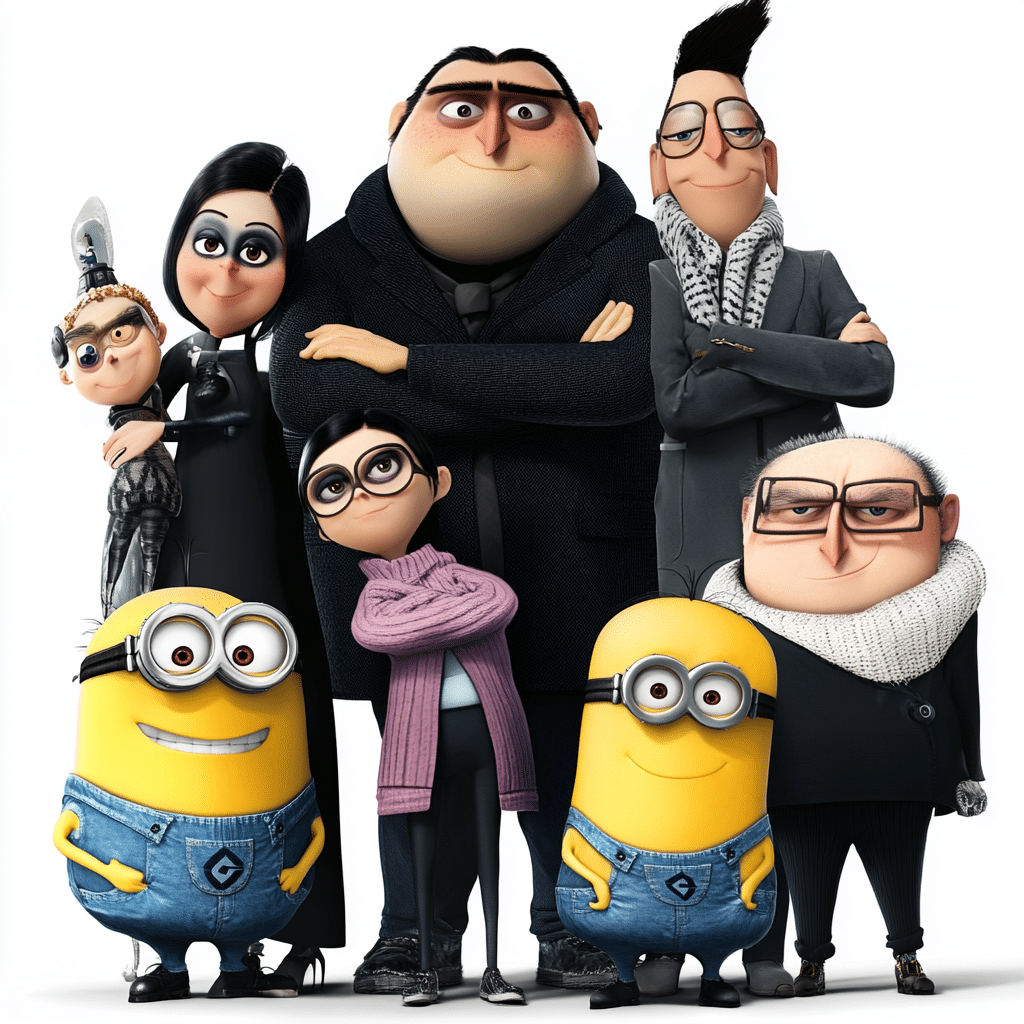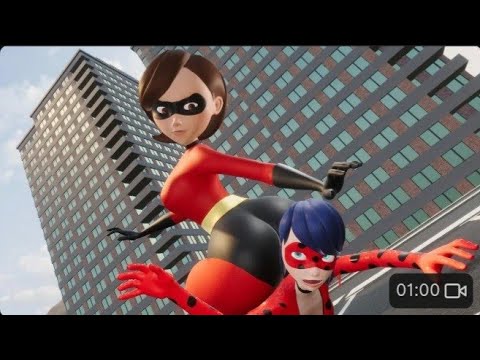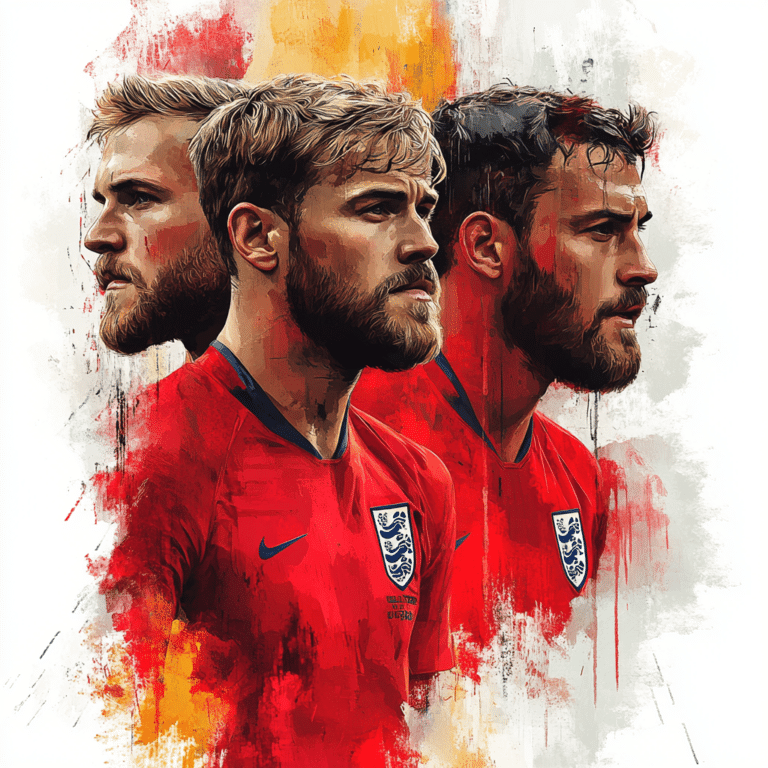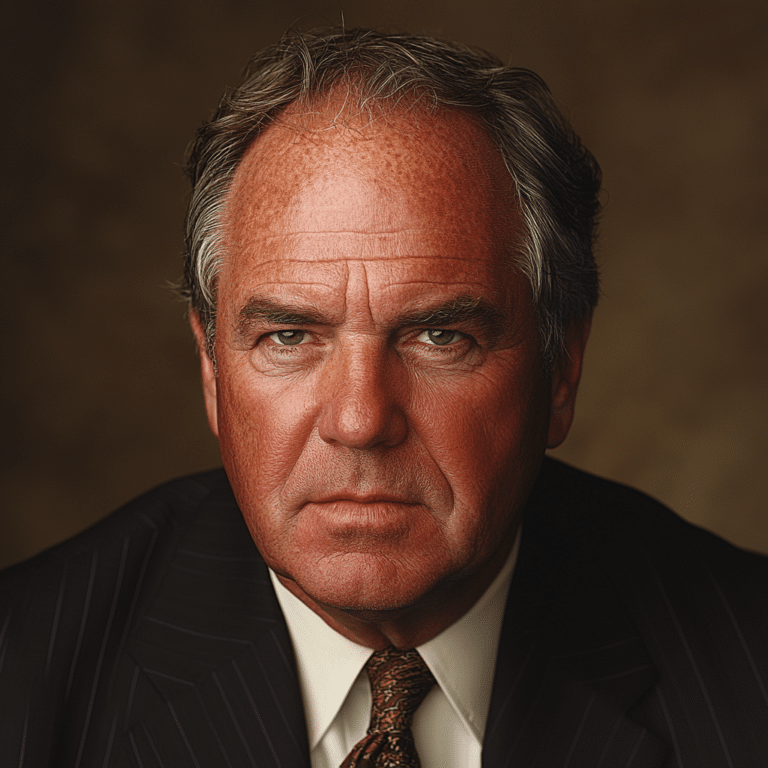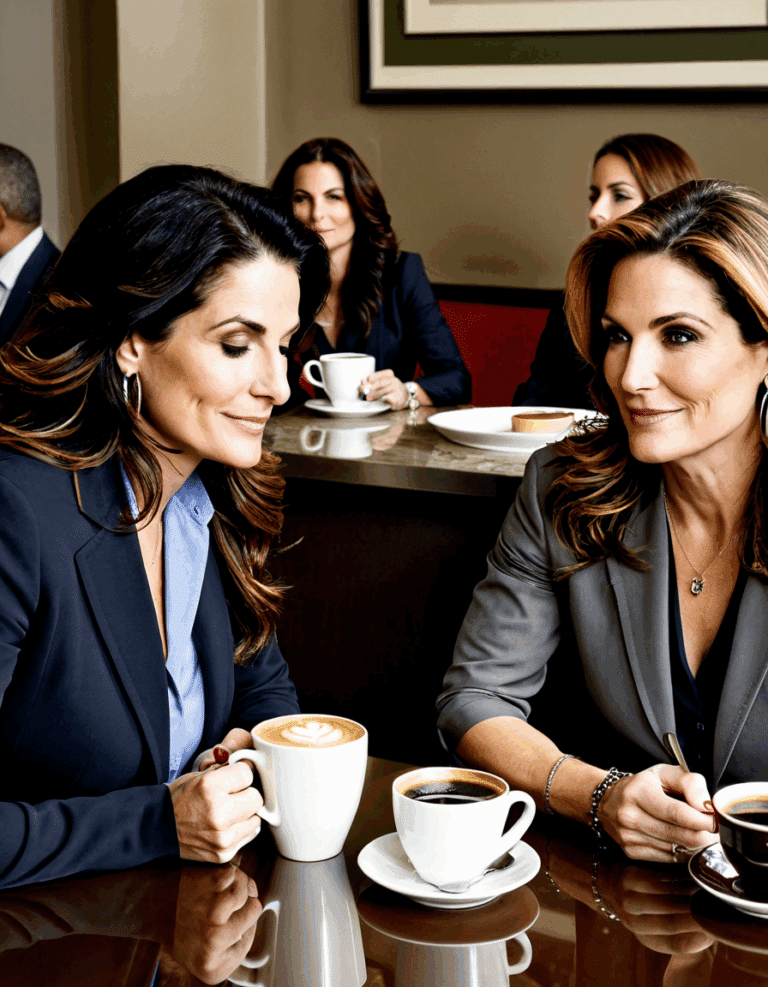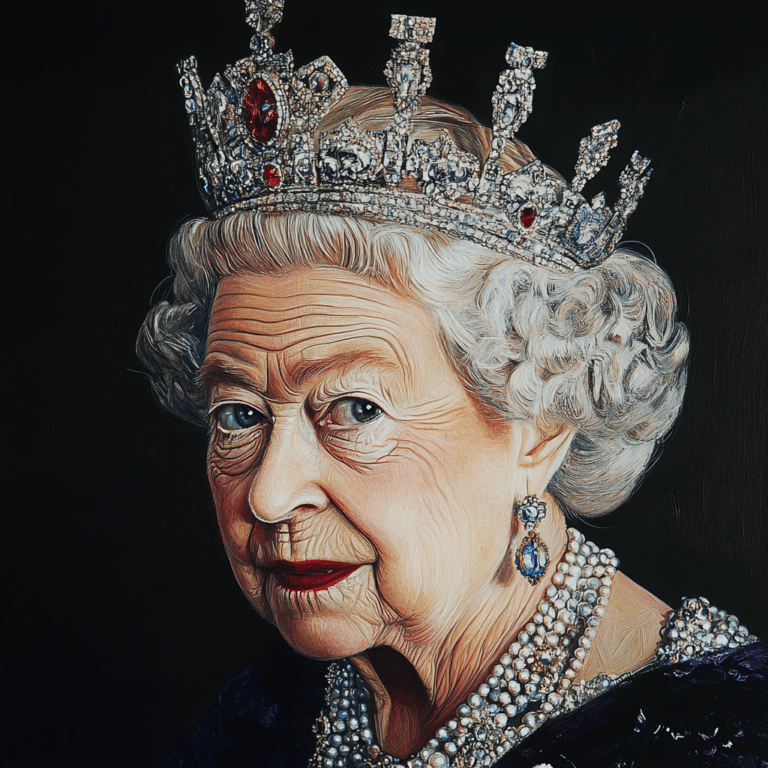The television series Breaking Bad not only redefined the criminal drama genre but also intricately blurred the lines between good and evil, thanks to its rich character development. The characters in this iconic show are unforgettable, each representing various facets of morality. Whether you’re rooting for them or shaking your head in disbelief, Breaking Bad characters have a way of making you rethink your views on right and wrong.
Now, let’s dive into the top seven Breaking Bad characters who redefined good and evil. Buckle up; it’s about to get wild!

Top 7 Breaking Bad Characters Who Redefined Good and Evil
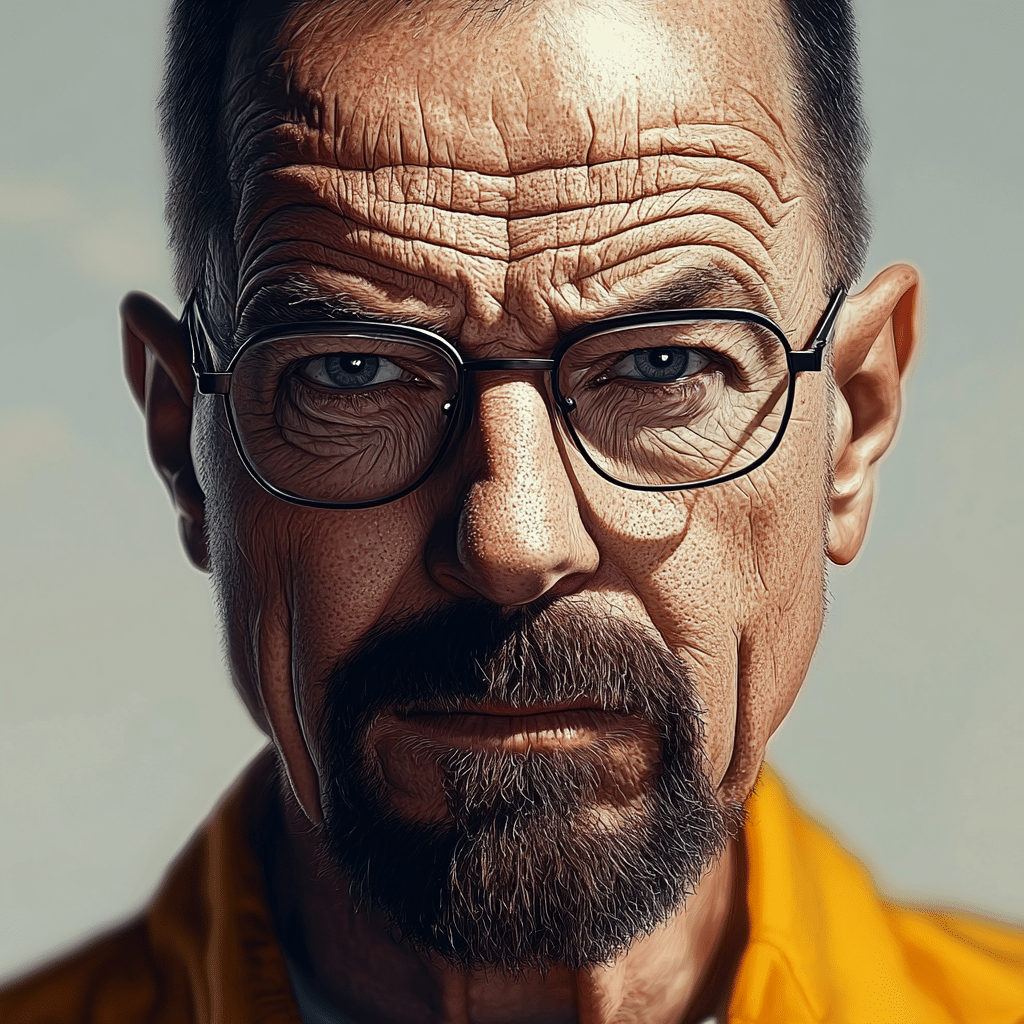
1. Walter White: The Reluctant Anti-Hero
At the heart of Breaking Bad is Walter White, played by the phenomenal Bryan Cranston. Walter begins as a mild-mannered high school chemistry teacher battling terminal cancer. His journey into the drug world as the notorious Heisenberg highlights the essence of moral confusion.
Here’s the kicker: Walter genuinely thinks he’s providing for his family. But as power and pride seep into his life, the audience grapples with a nagging question: When does desperation turn into villainy? It’s a dizzying spiral from family man to drug lord, and we can’t look away.
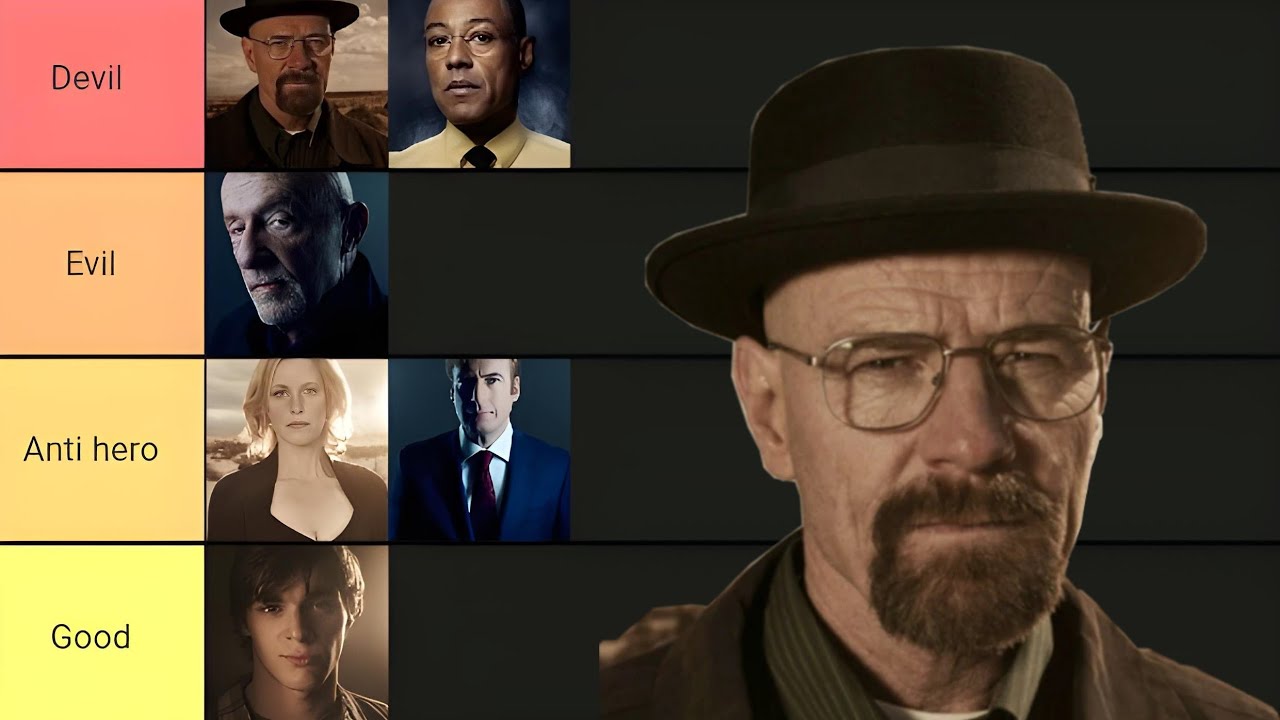
2. Jesse Pinkman: The Torn Conscience
Opposite Walter, we meet Jesse Pinkman, brilliantly brought to life by Aaron Paul. Initially, Jesse’s just a small-time meth manufacturer. However, as the series unfolds, his character arcs reveal the gut-wrenching emotional costs of the dynamic duo’s criminal shenanigans.
After the heart-wrenching death of Jane Margolis, Jesse’s guilt hits like a freight train. He finds himself torn between loyalty to Walter and his yearning for redemption. In a world that rewards bad behavior, Jesse serves as a fantastic reminder that even the most troubled souls sometimes seek the light.
3. Skyler White: The Complicated Catalyst
Next up is Skyler White, played by Anna Gunn. Skyler is no ordinary crime-drama wife; she challenges traditional gender roles and dives headfirst into her husband’s murky world. Initially devoted to Walter, she soon discovers his dark side, which puts her ethical beliefs to the test.
Her involvement in money laundering through the car wash highlights how closely knit sins can become. Some fans view her as a villain, while others see her as a victim of circumstance. In Skyler’s tale, we’re reminded that people can act out of self-preservation, even if the path is paved with moral ambiguity.
4. Gus Fring: The Charismatic Villain
Giancarlo Esposito’s Gus Fring is the epitome of a charismatic villain. With his perfectly groomed persona and successful fast-food chain, Gus masks his heinous crimes behind a mask of respectability. He’s calculating, composed, and downright terrifying, all while running his drug empire!
What’s the real kicker? Gus forces us to reflect: Is it worse to commit evil in plain sight or behind a suit and tie? His character reminds us that respectability can sometimes be just another form of deception.
5. Saul Goodman: The Endearing Criminal
Enter Saul Goodman, embodied by Bob Odenkirk. With flashy commercials and magnetic charm, Saul brings a twist of humor to the dark narrative. He’s a sleazy lawyer who helps the morally conflicted characters navigate their choices, and that’s where the fun begins.
Despite his corrupt practices, you gotta admit there’s something oddly lovable about Saul. His antics make the audience laugh while simultaneously forcing us to confront the unsettling truth: charm can often camouflage dishonorable choices, and we can’t help but chuckle at his antics.
6. Hank Schrader: The Unyielding Enforcer
Formerly known as the noble defender of justice, Hank Schrader, played by Dean Norris, is a DEA agent determined to uphold the law. However, as he inches closer to unveiling Walter’s secret life as Heisenberg, Hank’s own ethics come into question.
As the series progresses, viewers witness Hank’s struggles with doing what’s right in a world teetering on chaos. His storyline illustrates the complexity of morality within law enforcement, reminding us that unwavering dedication to justice can have unexpected repercussions.
7. Lydia Rodarte-Quayle: The Businesswoman of Evil
Meet Lydia Rodarte-Quayle, played by Laura Fraser. If you thought the drug trade was all about street thugs, Lydia proves otherwise. She represents the corporate, ruthless side of the drug business, motivated purely by efficiency and profit.
Unlike other characters wrestling with guilt, Lydia’s cold demeanor sparks fear and admiration. She stands as a stark reminder of how ambition—when stripped of ethical considerations—can lead to catastrophic results. Talk about a sexy girl in business, but with a hidden dark side!
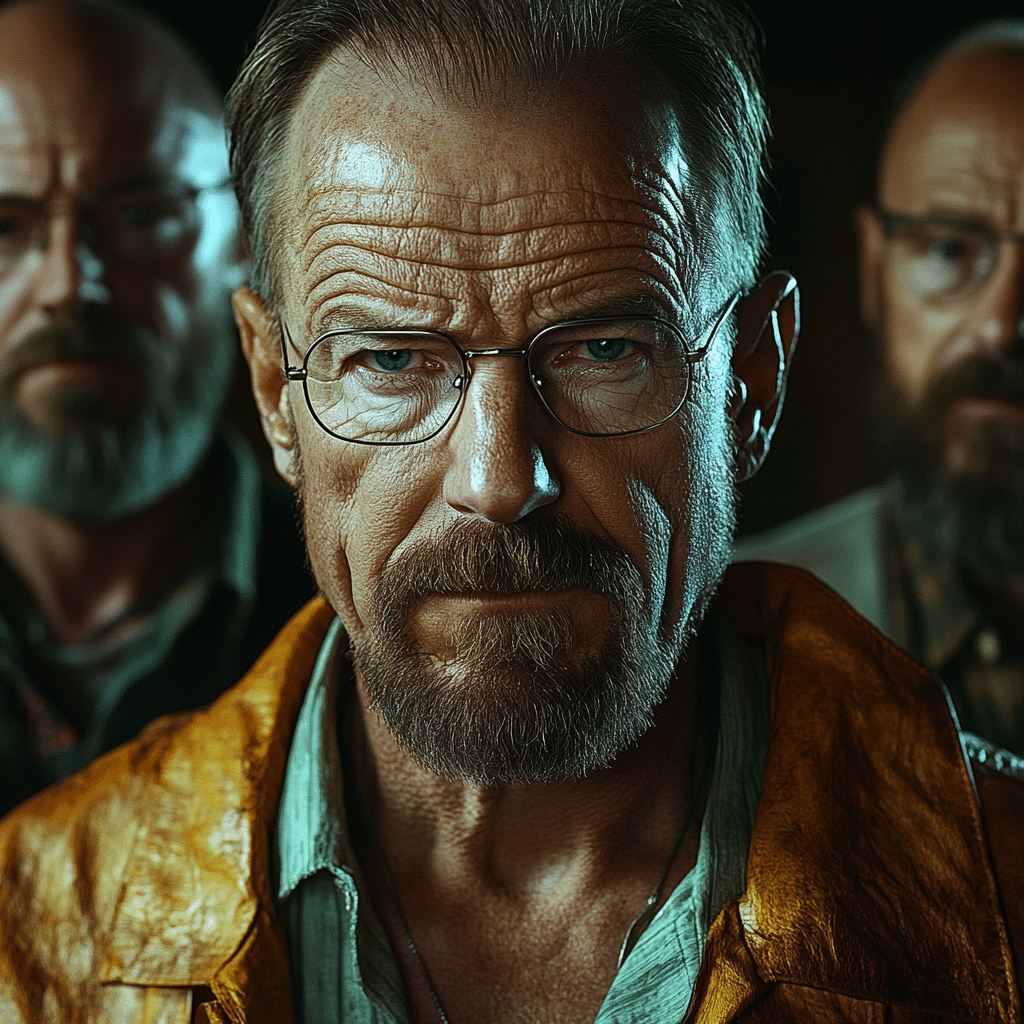
Embracing the Complexity of Morality in Breaking Bad
Breaking Bad takes viewers on a wild ride through the tangled web of morality. Each character presents us with a unique case study in how choices, desperation, and ambition can shape our identities. Consider Walter, Jesse, and Skyler; their stories beautifully highlight the struggle between morality and the necessity of survival.
Reflecting on these Breaking Bad characters offers us a lens to examine our perceptions surrounding good and evil. After all, the line between hero and villain often blurs in real life, mirroring the series itself. As we look back in 2024, the insights gained from Walter, Jesse, and the gang remain resonant, forcing us to face our inner conflicts and the morally gray areas of existence.
So next time you’re questioning your choices or wondering about the nature of good and bad, just think of Breaking Bad. The show encourages us to confront the darker impulses within us all, showcasing that sometimes, even the “good” guys have a little bit of Heisenberg in them.
There you have it! A captivating journey through the Breaking Bad characters who transformed our views on morality—good or bad, they’re stuck in our hearts and minds for a reason! Let’s hold on to our perspectives, and who knows? Maybe we, too, can find redemption in our chaotic world.
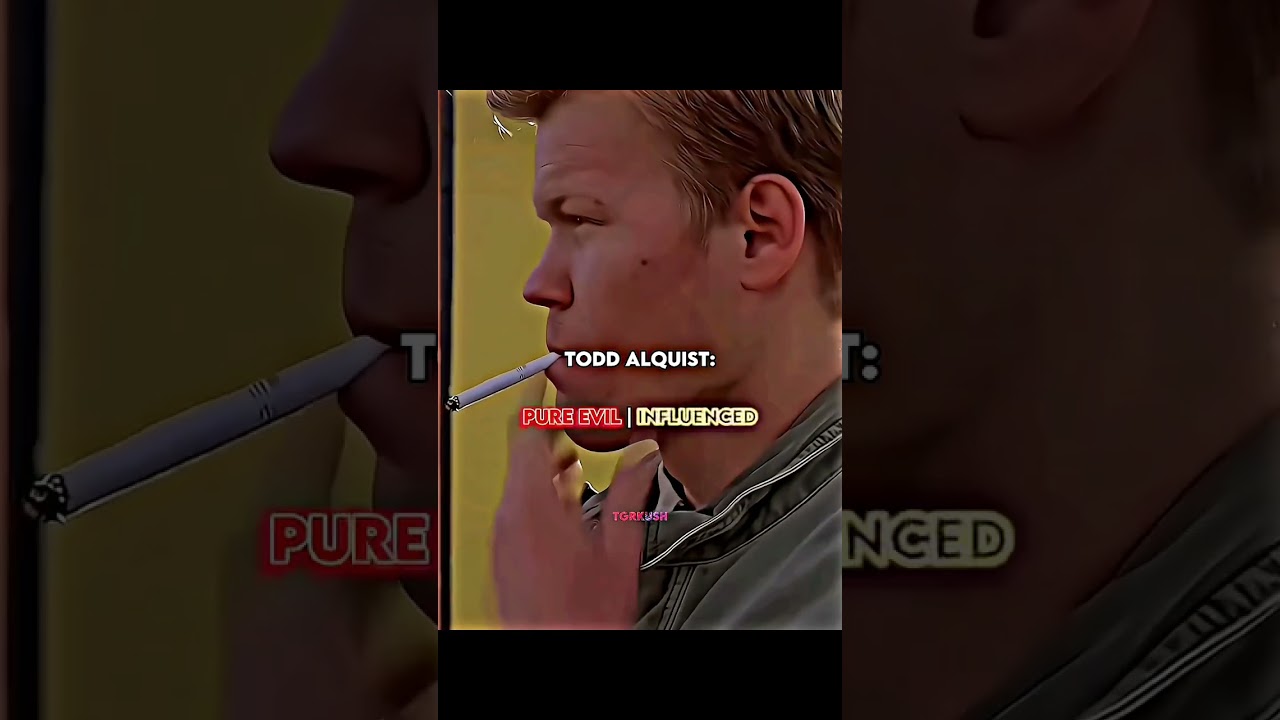
Breaking Bad Characters Who Redefined Good and Evil
When you think about breaking bad characters, the tug-of-war between morality and ambition often rears its head. One of the most compelling aspects of Breaking Bad is how characters morph between the perceived lines of good and evil. For instance, Walter White’s transformation from a sympathetic high school chemistry teacher to a ruthless drug lord can be likened to the gradual descent into darkness in classics like the dark crystal. This show proves that nobody is all good or all evil; sometimes, circumstances push folks to their limits.
Speaking of transformations, Jesse Pinkman’s dramatic journey is a heart-wrenching roller coaster. Initially, he seems like nothing more than a small-time dealer, but as the layers peel back, we see complexity and humanity emerge. This reminds us that, just like in the world of Frosty, people may wear masks or act in ways we don’t expect. Jesse’s struggles make viewers empathize with him, blurring the lines that typically define good and evil. It’s no surprise fans often cry out for his redemption, similar to those who sing along to Michael Bublé songs after a breakup—everyone loves a comeback story.
Moreover, let’s dive a bit into the show’s impact on pop culture, because it didn’t just stop at the screen! Influences from breaking bad characters echoed throughout various forms of media. Fans dissect character arcs and even draw parallels with the fluctuating trends in fashion, like the emo girl styling that reflects the emotional struggles shown in the series. And how about the connection these characters have with famous Hollywood icons? You can even find a connection between some Breaking Bad themes and titles from the Pierce Brosnan movies list, showcasing how deeply intertwined storytelling can be. Whether through suspense or emotional depth, these characters resonate and challenge our perceptions of morality.
All in all, it’s a wild ride exploring how these character arcs challenge the origins of good and evil. Just as we often rely on hand warmers during chilly nights for comfort, the layered personalities of breaking bad characters offer warmth and an emotional connection amidst the coldness of their decisions. From Walter and Jesse to Saul Goodman, who often walks on that moral tightrope, these narratives redefine the very essence of humanity in a world all too ready to judge.
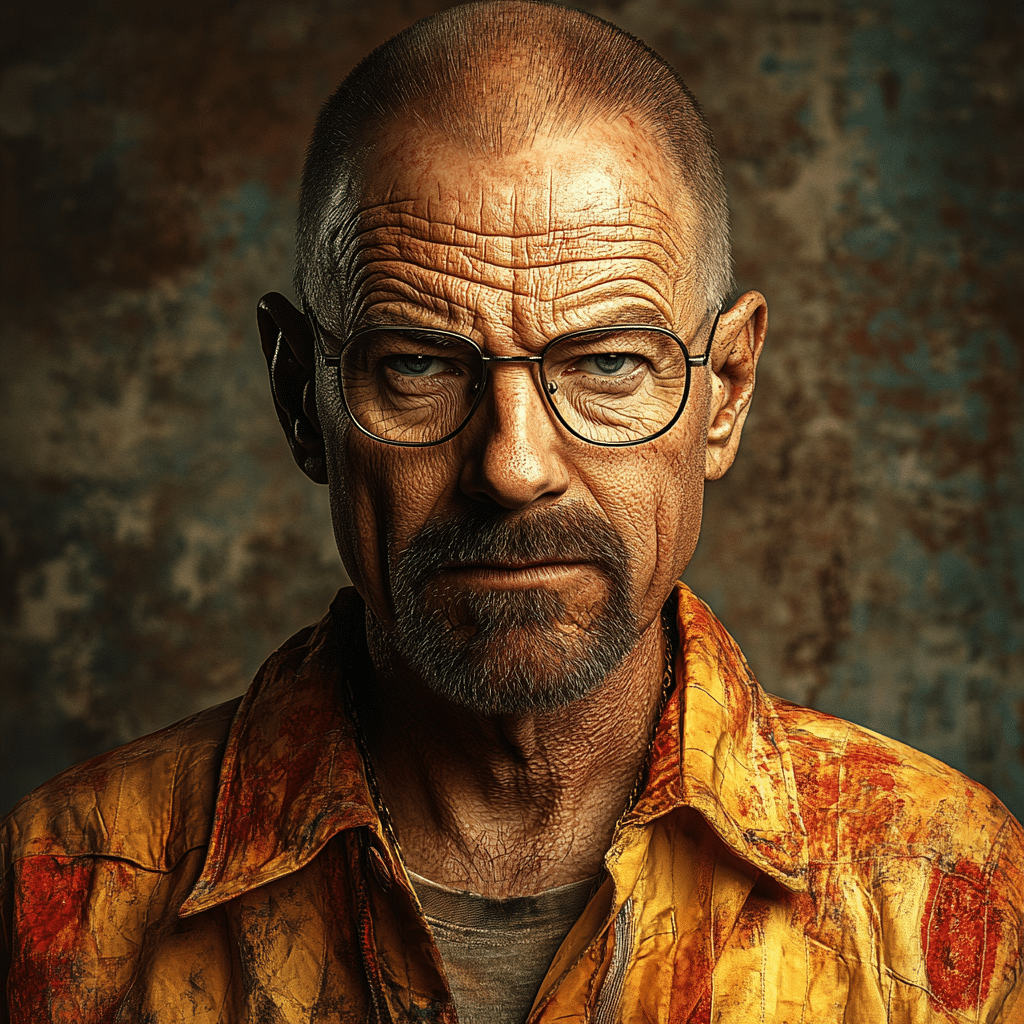
Who is the most popular Breaking Bad character?
Walter White is often considered the most popular character in Breaking Bad, thanks to his complex journey from a mild-mannered teacher to a ruthless drug lord.
What was Walter White’s drug name?
He adopted the name “Heisenberg” as his alias while manufacturing and selling methamphetamine, symbolizing his transformation and the darker aspects of his personality.
Who is the baddest character in Breaking Bad?
Jack Welker stands out as the baddest character in Breaking Bad, being the leader of a neo-Nazi gang whose actions are driven by pride and a desire for pleasure rather than just money.
Do any Breaking Bad characters appear in Better Call Saul?
Yes, several characters from Breaking Bad appear in Better Call Saul, offering deeper insights into their backstories and connections as the series unfolds.
Who is the least favorite Breaking Bad character?
In terms of least favorite character, many fans find Skyler White divisive, with opinions ranging from dislike to empathy toward her struggles.
What is the most liked Breaking Bad episode?
“Felina” is often cited as one of the most liked episodes of Breaking Bad, wrapping up the intense storylines in a highly satisfying way for fans.
Why did Walt call himself Heisenberg?
Walt calls himself Heisenberg to embrace his alter ego and to represent his darker side, marking his complete transformation into a criminal mastermind.
Did Skyler cheat on Walt?
Yes, Skyler did cheat on Walt during their tumultuous relationship, which added to the complexity of their marriage and his character arc.
What is Walt’s IQ?
Walter White’s IQ is often estimated to be around 170, showcasing his genius as a chemist and his strategic thinking in the drug trade.
Who killed Walter White in Breaking Bad?
Walter White dies at the end of the series, primarily as a result of his own actions and the repercussions of his life choices, culminating in a showdown with his enemies.
Who is the creepy guy in Breaking Bad?
The creepy guy in Breaking Bad could refer to various characters, but many fans often think of Todd Alquist, whose unsettling behavior makes him unforgettable.
Who is the real villain in Breaking Bad?
The real villain in Breaking Bad can be debated, but many argue that Walter White himself embodies the true essence of villainy as he spirals into moral decay throughout the series.
Is Nacho ever mentioned in Breaking Bad?
Nacho Varga is not mentioned in Breaking Bad, but he is a significant character in Better Call Saul, exploring his life and decisions in the criminal world.
Does Saul ever meet Walter?
Yes, Saul Goodman does meet Walter White in Breaking Bad, marking an important crossover moment when he becomes Walt’s lawyer.
Does Skyler appear in Better Call Saul?
Skyler does not appear in Better Call Saul, but her story is referenced in connection to the events surrounding Walt and their family dynamics.
Who is the most famous Breaking Bad actor?
Bryan Cranston, who plays Walter White, is arguably the most famous actor from Breaking Bad, known for his award-winning performance and widespread recognition.
Who is the best character in Breaking Bad universe?
Many fans consider Walter White or Jesse Pinkman to be the best characters in the Breaking Bad universe, each bringing a unique perspective and depth to the story.
Who is the most moral character in Breaking Bad?
Hank Schrader is often viewed as the most moral character, striving to uphold the law and justice even when faced with deep personal challenges.
Who is the most powerful character in Breaking Bad?
Walter White is seen as the most powerful character, using his intelligence and cunning to navigate and control the dangerous drug trade landscape.
